The Breakdown is a regular series in which we analyse the production and composition of key tracks. Dave Clews takes apart Midland’s sample-heavy smash, ‘Final Credits’.
Harry Agius’s Regraded label, established early in 2015, specialises in disco-sampled house, with two of the label’s three releases to date coming from Agius himself under his Midland alias. As such, it’s the perfect home for ‘Final Credits’, a track that made an inauspicious debut as set-closer for Midland’s contribution to the BBC Essential Mix series in February last year before going gone on to dominate festivals and dancefloors the world over, eventually seeing a full digital release earlier this year via Luke Solomon and Derrick Carter’s Classic Music Company.
INTRO
An undeniably uplifting slice of groove in spite of its downbeat lyric, ‘Final Credits’ is based primarily around a fortuitous marriage of two samples. The musical backbone of the track is a loop taken from the intro to Lee Alfred’s obscure 1980 cut ‘Rockin-Poppin Full Tilting’. This full-track sample contributes drums, bass, guitar, Rhodes electric piano and that waspish lead synth sound.
The plaintive, soulful vocals, meanwhile, are sourced from an acapella version of the Grammy award-winning 1972 recording of ‘Neither One of Us (Wants to Be the First to Say Goodbye)’ by Gladys Knight & the Pips.
STRUCTURE
‘Final Credits’ is a slick, sample-based house tune that marries a looped 133 bpm backing groove to a heart-wrenching vocal speaking of faded passion and a love that’s run its course. The track has a flowing, long-form structure: the central instrumental sample is used in two forms – a retriggered one-bar loop that sustains the lead synth’s high C note, and a four-bar segment that contains the synth riff in its entirety, followed up by a funky, 16th-note bass lick in the latter half of the fourth bar. After an extra-long intro containing almost three minutes of instrumental groove, the vocal enters, infused with the helium effect that only being shifted up in pitch several semitones can provide.
Arrangement-wise, there’s nothing overly complex going on, with alternating instrumental passages and sections of overlaid vocal, the main building block of the song provided by a sizeable chunk of the chorus from the original Gladys Knight song. Generous amounts of filtering throughout help to keep things interesting, providing a middle section that dwindles almost to acappella level, before swelling the track back in and out again for a poignant final acappella goodbye.
MAIN SAMPLE: Time-STRETCHING
The Lee Alfred track that provides the main instrumental sample has an original tempo of 127.5 bpm, but for ‘Final Credits’, this has been warped to 133 while retaining the original pitch. In this particular case, even though the main DAW used in the production of the track was Logic Pro X, the sample processing was done in Ableton Live, as Agius prefers the sound of Live’s time stretching algorithms to those in Logic. Here’s one way it might have been done:
Open a new Live session and set the project tempo to 127.5.
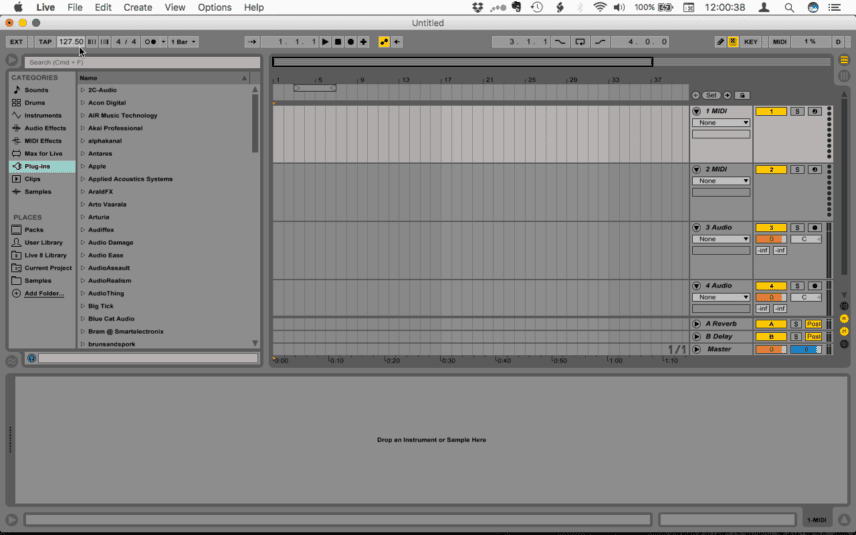
Drag the source audio file onto an audio track.
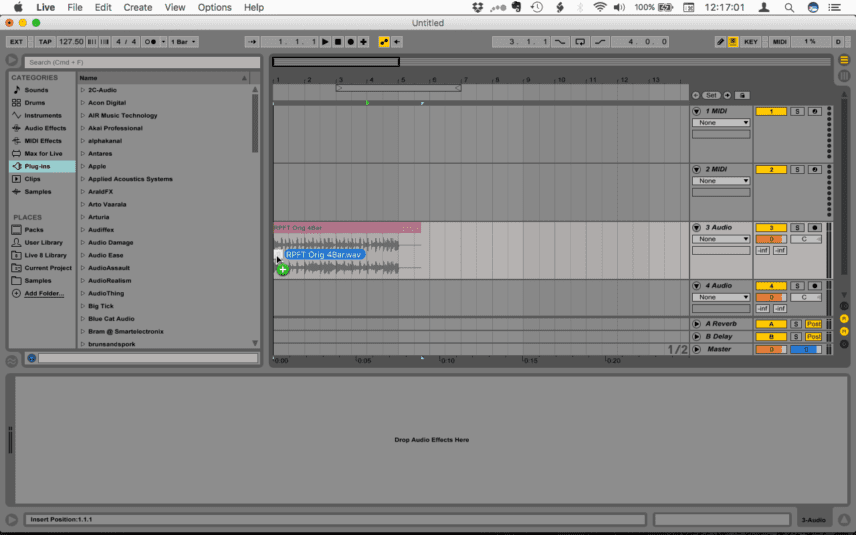
Double-click the audio clip to open the audio editor pane.
In the Sample box, click Warp and select the Complex algorithm.
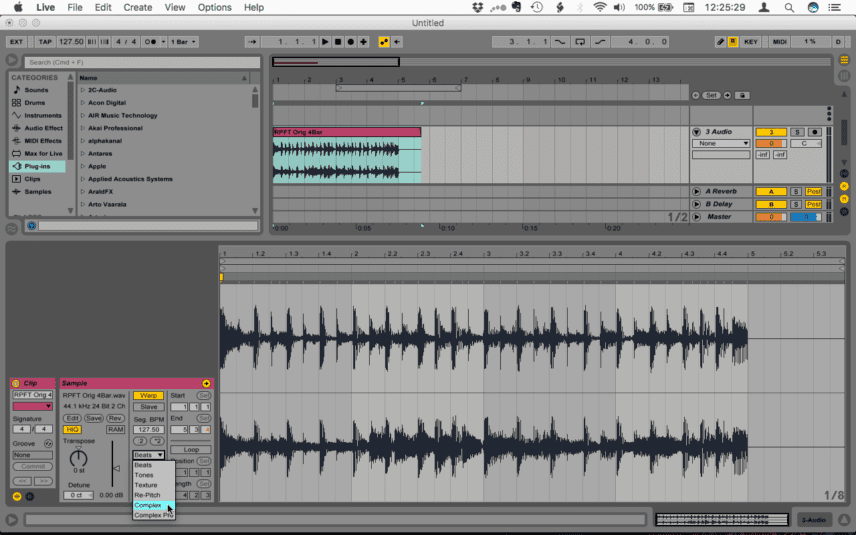
Set the project tempo to 133. This will speed up the sample from 127.5 to fit the new tempo of 133, without affecting the pitch.
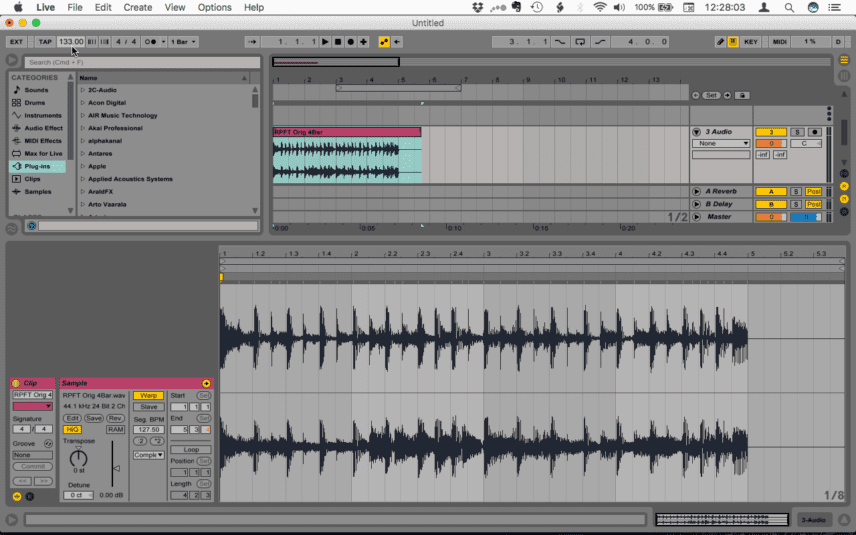
Export the result as a new audio file and reimport into Logic project.
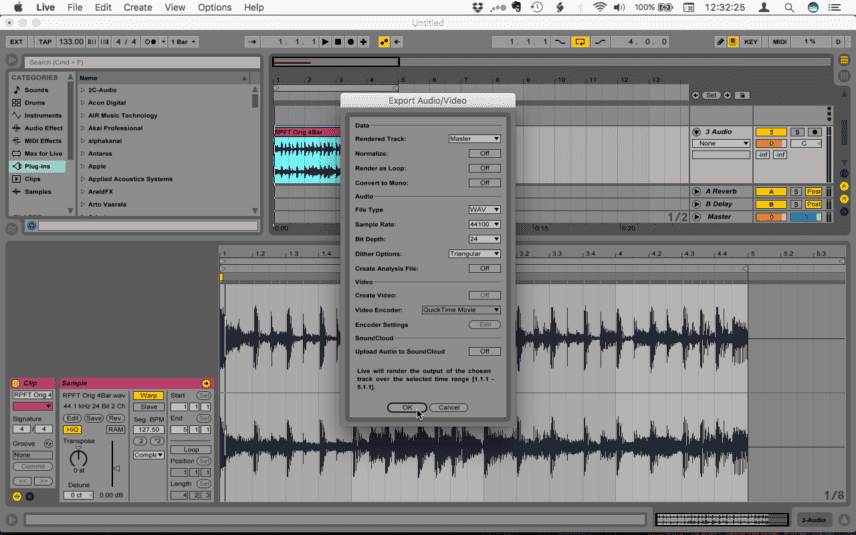
Here’s the original sample:
Audio Playerand the sped-up version:
Audio PlayerFrom this point, the processed sample would have been split into three or four parts, each EQd separately to bring out the different frequency ranges occupied by the instruments contained within, such as the bass, guitar, electric piano and synth parts.
Let’s take a look at what some of the music in the Lee Alfred break is actually doing. In the key of Fm, we have a Rhodes piano part that alternates between various voicings of Fm7 and Bbm, as shown below.
Audio PlayerDRUMS
The drum track is made up of the Lee Alfred sample plus two additional breaks. An extra kick and hat pattern has then been layered over the top to add some weight to the bottom and some sparkle to the top end. Use of the sample notwithstanding, if you were to program the drum track from scratch in a DAW, it would look something like this:
Audio PlayerLEAD SYNTH
A major signature hook of the track is the waspish lead synth sound that permeates throughout. This is actually part of the original Lee Alfred break along with the bass, guitar and Fender Rhodes piano. Although there’s little information to be found about exactly what gear was used on the original recording, judging from the period this distinctive sound is most likely from an analogue monosynth such as the Minimoog or ARP Odyssey, both of which were popular weapons of choice for keyboard warriors at the beginning of the 80s.
The sound itself can be approximated pretty easily, with a single oscillator providing a sawtooth wave passing through a 24 dB/oct lowpass filter with the cutoff and resonance settings set fairly high. A touch of filter envelope shapes the sound, with a hint of wobble from a sine-wave LFO modulation to finish things off. Here’s my take on it using Logic’s ES-1, with just a few tweaks to the default setting.
Audio PlayerVOCAL SAMPLE
The vocal sample enters at 2:53 with the lyric “we just won’t let it die”, sourced from an acappella recording of ‘Neither One of Us’, the original key of which is D minor. ‘Final Credits’, however, is in the key of F minor, so the vocal would have to have been pitch shifted up three semitones to fit, explaining its helium-esque quality.
This has been achieved by time-stretching (or warping) the audio so that original tempo is retained – a contrasting technique to that used with the Lee Alfred sample. This provides an interesting illustration of the two distinct facets of time stretching – the vocal has been pitched up while retaining the original tempo, while the Lee Alfred sample has been sped up while retaining the original pitch.
Here’s an example of a section of the vocal sample before and after processing:
Audio PlayerAudio Player
The processing on this sample was, once again, achieved in Ableton Live. Here’s one way it might have been done…
Open a Live session and drag the vocal audio file onto an audio track:
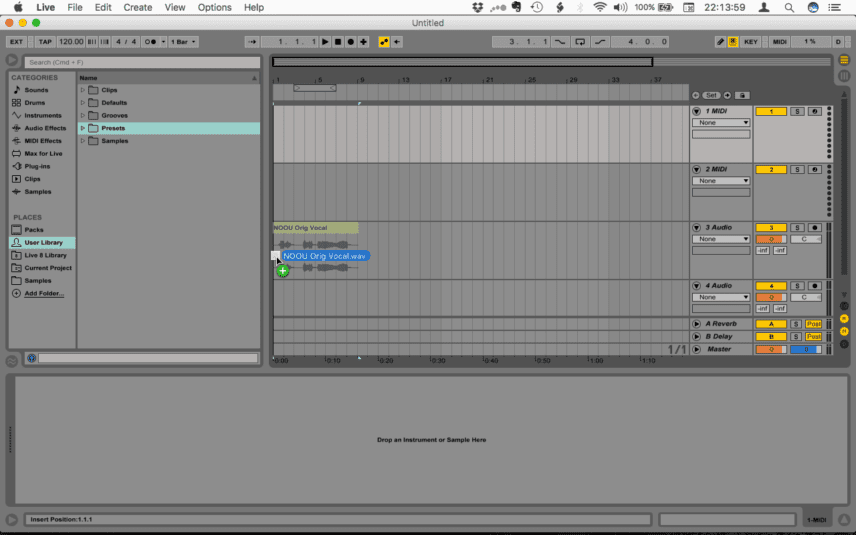
Double-click the audio clip to open the audio editor pane:
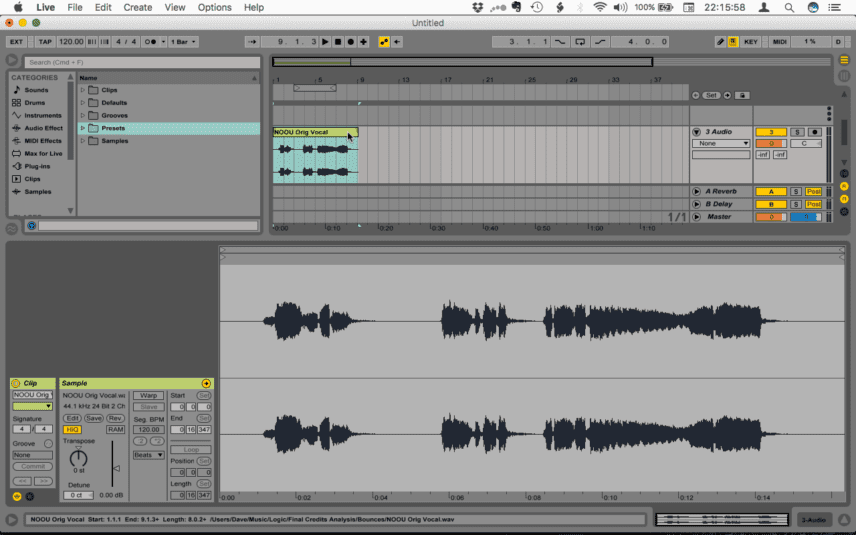
In the Sample box, click the Warp button and select the Complex algorithm:
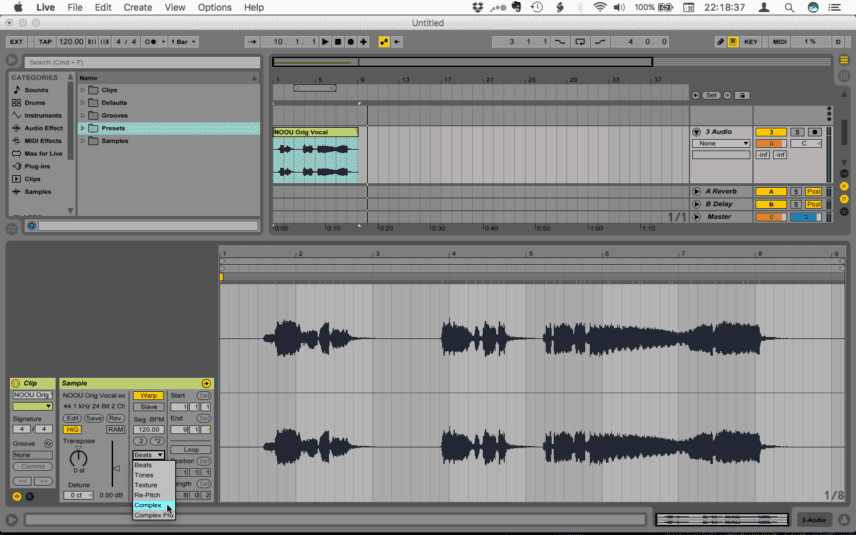
Turn the Transpose knob up to 3st (3 semitones). This will transpose the vocal sample up from Dm fo Fm to match the key of the track without affecting the speed:
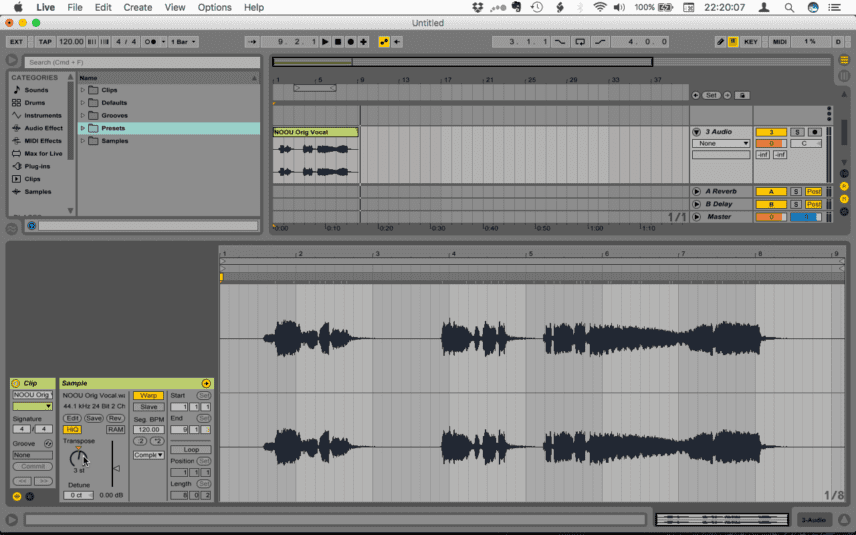
Export the transposed vocal as a new audio file and reimport this into Logic:
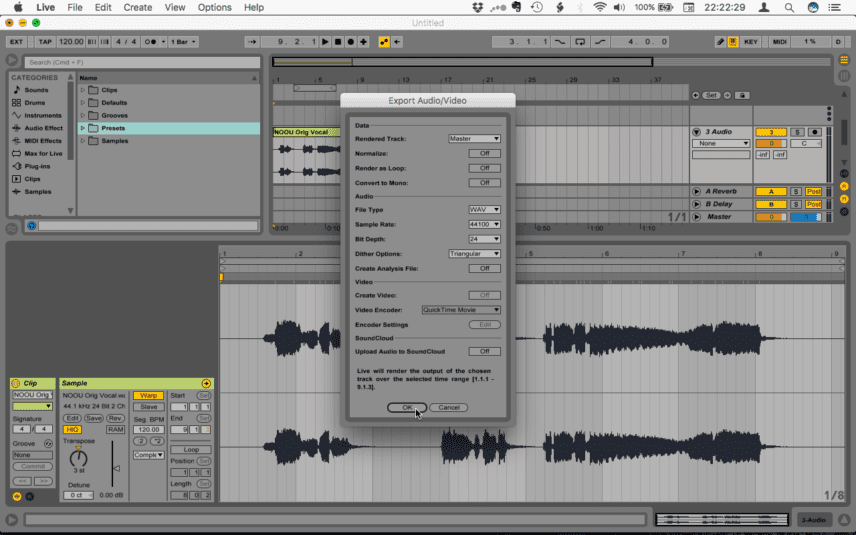
Finally, the word ‘lie’ from the vocal sample has been chopped and looped so that the note is held longer, pulsing in rhythm with the track. This could have been achieved in a number of ways, either by slicing a quarter-note length segment of the word ‘lie’ and repeating this region out to the required length, or by loading the phrase into Logic’s EXS24 sampler and setting it to loop the sample indefinitely, with the end of the phrase on a separate keygroup.
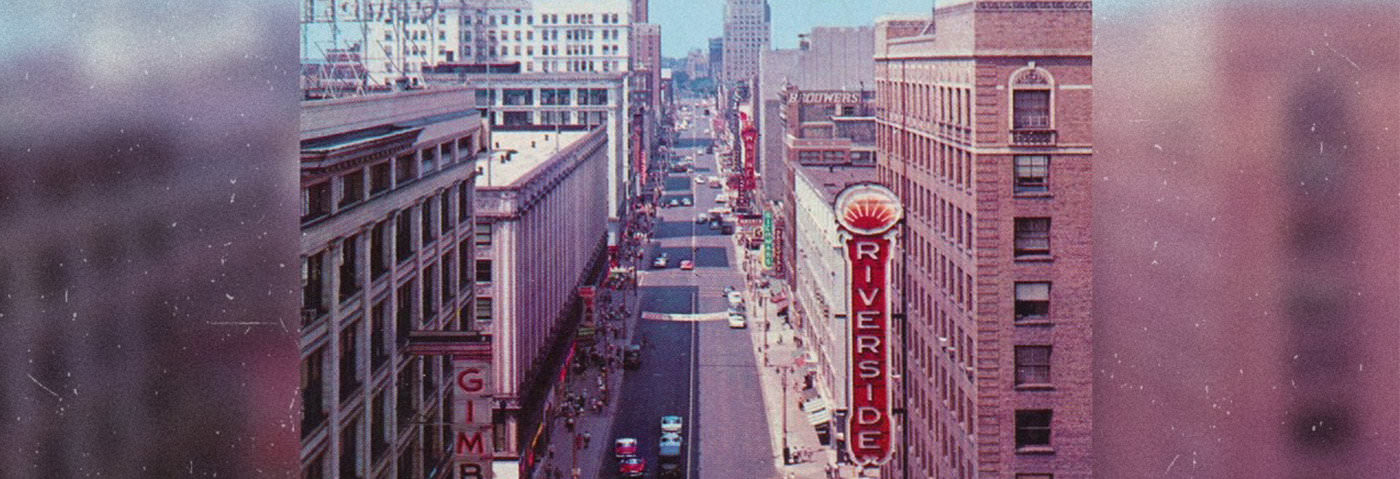
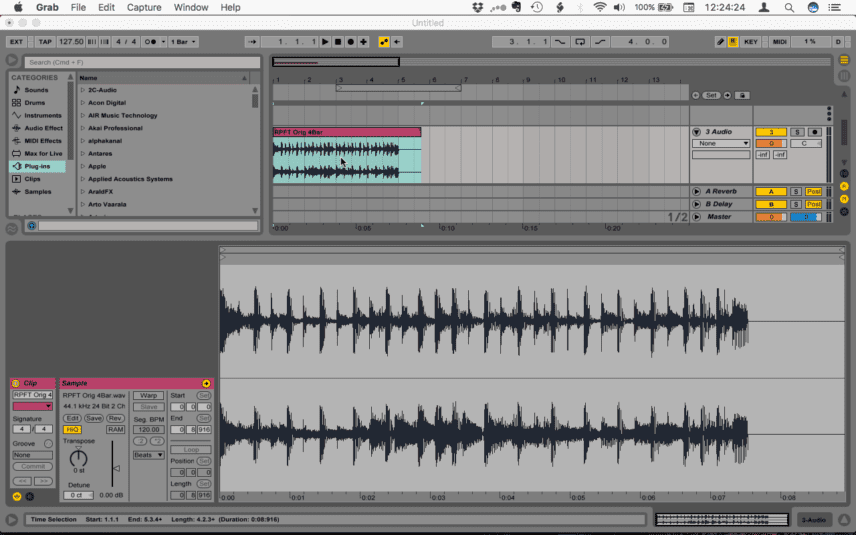


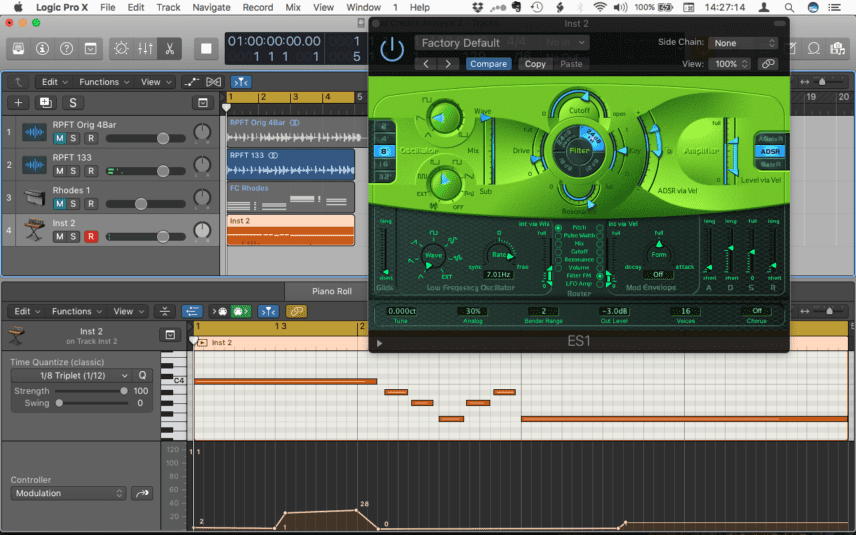



09.51 AM
Great breakdown, thanks guys! Really great content.
It doesn’t have to be this track, but I’d love something on how you’d take a sampled break and do this stage:
“From this point, the processed sample would have been split into three or four parts, each EQd separately to bring out the different frequency ranges occupied by the instruments contained within, such as the bass, guitar, electric piano and synth parts.”
Cheers!